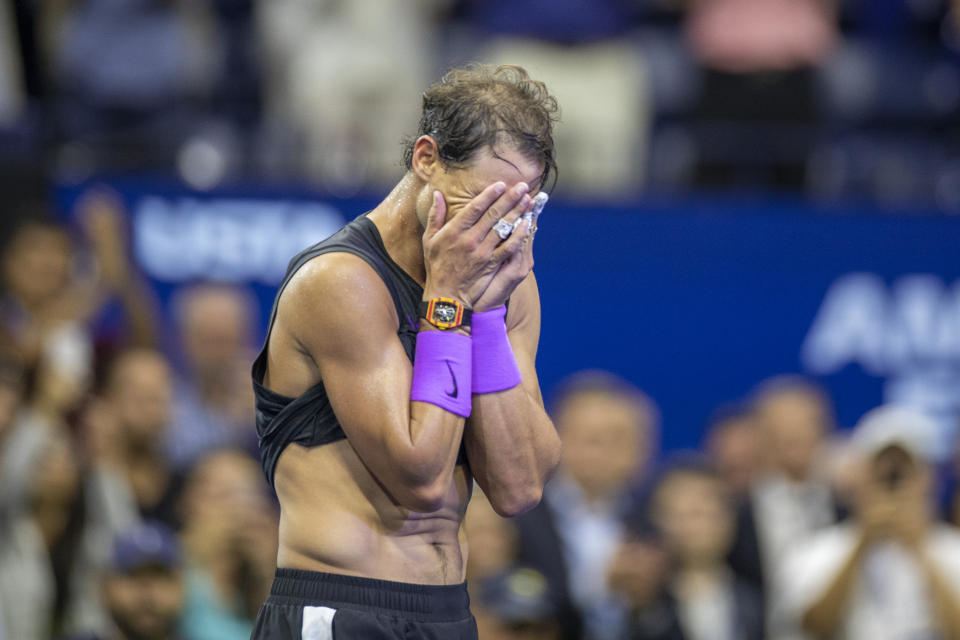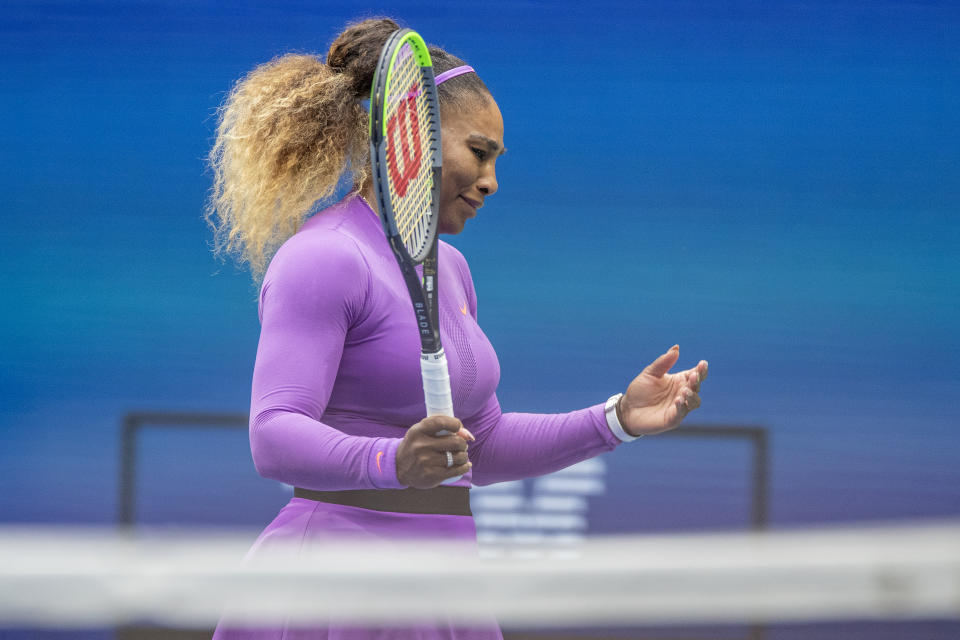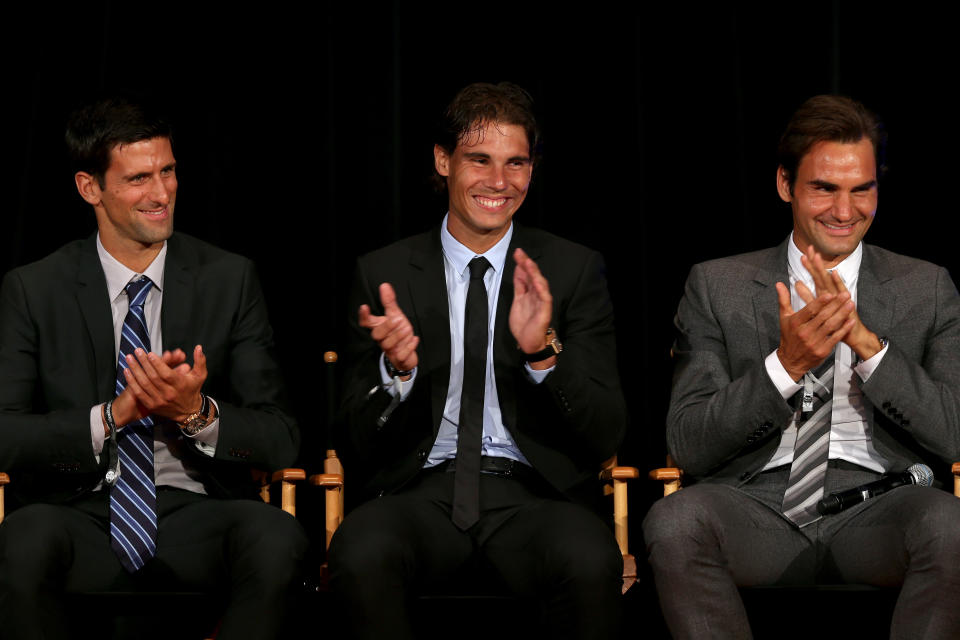Does men's tennis have a problem?

You don’t have to to cast your mind back to decades past or bygone eras to revel in the greatest male tennis players of all time. They’re playing now, all of them.
The Aussie pair of Rod Laver and Roy Emerson’s achievements are somewhat skewed by the amateur vs professional era that they played in, and Bjorn Borg bowed out prematurely, at the height of his powers.
But as far as grand slam titles go, there’s no debate to be had.
No player has won more than Roger Federer, Rafa Nadal and Novak Djokovic. Ranked one, two and three, the Serb has 16, while Nadal’s US Open win at the weekend was his 19th, bringing him within one of Federer’s all-time record.
Federer, the elder statesman of the group, won his first slam at Wimbledon in 2003. Since that day there have been 65 grand slam finals, and on just 11 occasions has the winner been someone outside the big three.
Andy Murray, who was good enough for fans to sporadically discuss a quartet rather than a trio, has three slams, as does Federer’s compatriot Stanislas Wawrinka. After then it’s one each for Marat Safin, Gastón Gaudio, Marian Čilić, Andy Roddick and Juan Martin del Potro.
Alternatively, while Serena Williams has dominated the women’s game over a similar period of time, it’s been too big a burden to shoulder on her own, unable to share the wins with two equally-matched adversaries in the way Federer has done.

After winning Wimbledon in 2015, the American had all four major titles in her pocket. Since then, she’s won two of the 17 contested slam finals. She is one short of equalling Margaret Court’s all-time record of 24 grand slam successes, but has fallen at the final hurdle in her last four attempts.
In that time, a number of players on the women’s tour have emerged who believe that they can, firstly, win a grand slam and, secondly, and perhaps more importantly, believe that they can beat Williams in the process.
In recent years, Angelique Kerber, Naomi Osaka, Simona Halep and Garbiñe Muguruza have all become multiple slam winners. The sport has become more competitive, more unpredictable and, as a result, more entertaining.
It would be fickle to bemoan the men’s game for not being those things, because it has served up one of the greatest eras of any sport, ever, given the talent regularly on show. But it’s not throwing up on any shocks.
It feels like tennis fans have talked about the potential demise of these greats for a decade, without it actually happening. Nadal’s body hasn’t broken down, Federer isn’t too old and Djokovic’s defensive game is more than enough to win regularly against the very best.
Next year Djokovic, Nadal and Federer will turn 33, 34 and 39, respectively. The talk of them being on the wane should be justified. There should be a generation of young players ready to rip these titles from them, yet the gulf in class is as far from being bridged as it ever has been during their careers. What odds on Federer winning a slam in his 40s? You wouldn’t put it past him.
Unlike Osaka, Halep et al, players such as Daniil Medvedev, Dominic Thiem, Alexander Zverev and Kei Nishikori are still some way off the pace. They have the harder task – it’s appears easier to topple a single queen than infiltrate an oligarchy – but tennis’ greatest strength is becoming in danger of becoming its biggest problem.
When the big three finally decide to enjoy their well-deserved retirements, who will fill the chasm left behind? Not just in terms of winning trophies, but also for fans, brands, and organisers. Who will takeover the baton?

Philip Brook, the Chairman of the All England Lawn Tennis and Croquet Club, which hosts Wimbledon, has talked openly about the ever increasing revenues from the tournament being down to this unrivalled era of tennis.
In terms of potential risks, he put its end alongside match-fixing or doping scandals and even terrorism, when it comes to generating less money or turning people away from the sport.
Thankfully for Brook, and tennis fans in general, it appears as though those fears aren’t immediate ones, even with them being on the table for a while now. There are zero indications that the game will be without its finest exponents any time soon given their continued and relenting success.
Alternatively, women’s tennis has fresh powers emerging, pulling up chairs at the top table, with blossoming rivalries and competition in tow. Having been in the shadow of the men’s game for the last 15 years, will it finally have its time to shine when the men’s game’s greatest ever lights finally go out?
Featured from our writers

 Yahoo Sport
Yahoo Sport 



































































